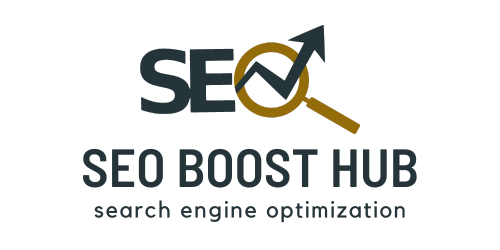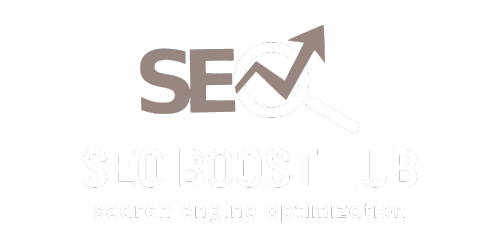Introduction to the Gartner Magic Quadrant for Analytics and Business Intelligence Platforms
The Gartner Magic Quadrant is one of the most influential reports in the technology industry, particularly for businesses seeking insights into the best tools for analytics and business intelligence (BI). Gartner’s comprehensive evaluations of vendors in this field are essential for decision-makers looking to invest in cutting-edge analytics platforms.
The Gartner Magic Quadrant for Analytics and Business Intelligence Platforms evaluates and ranks vendors based on their completeness of vision and ability to execute, providing a snapshot of how each vendor stands in the competitive market. This article will give a detailed overview of the 2024 report, spotlight key players, and explain how these tools are shaping the landscape of business intelligence and data analytics.
What is the Gartner Magic Quadrant?
The Gartner Magic Quadrant (MQ) is a graphical representation of a market’s direction, maturity, and participants. For the Analytics and Business Intelligence (BI) platforms, Gartner ranks companies in four quadrants:
- Leaders
- Challengers
- Visionaries
- Niche Players
Each quadrant represents the performance and potential of the companies evaluated, based on factors such as innovation, market presence, user experience, and future planning.
Why It Matters
The Magic Quadrant is widely regarded as an essential tool for understanding the competitive landscape. Enterprises use it to assess which BI platform fits their business needs best, whether they’re prioritizing innovation, scalability, or ease of use.
Key Insights from the 2024 Gartner Magic Quadrant
1. Leaders in Analytics and BI Platforms
The “Leaders” quadrant is where the most robust, scalable, and innovative BI platforms reside. These platforms are recognized for both completeness of vision and ability to execute. In 2024, some of the recurring names in this quadrant include:
- Microsoft Power BI
Microsoft continues to dominate the Leader’s quadrant due to its vast integration capabilities, ease of use, and affordable pricing. It is known for democratizing BI across organizations with its accessible toolset. - Tableau
Owned by Salesforce, Tableau is praised for its advanced visualization features and intuitive drag-and-drop functionality, making it a favorite among users who prioritize data exploration and ease of analysis. - Qlik
Qlik has gained recognition for its focus on active intelligence and delivering end-to-end solutions that provide real-time insights. It’s highly regarded for its ability to handle complex data integration tasks seamlessly.
2. Challengers
Challengers are strong in execution but may lack the same innovation as leaders. They excel in providing solid and dependable solutions:
- SAP
SAP offers comprehensive data management and analytics capabilities that integrate well into their ERP ecosystem, though its platform can be more complex for non-technical users. - IBM Cognos Analytics
IBM’s offering is robust, particularly in enterprise environments, but its user interface can be more difficult to navigate than competitors, affecting its position in the Leader quadrant.
3. Visionaries
Visionaries often bring cutting-edge innovation and new features to the market but may still need to improve their execution or scalability:
- ThoughtSpot
ThoughtSpot is a key player in the Visionary quadrant, gaining attention for its search-based analytics and AI-driven insights, making it easy for business users to access insights without needing complex queries. - TIBCO Software
TIBCO continues to innovate with its Spotfire platform, emphasizing AI and machine learning capabilities for deeper data insights.
4. Niche Players
Niche Players have a narrower focus or specialize in specific use cases. They are ideal for businesses with unique requirements but may lack the broader appeal or scalability:
- Sisense
Known for its focus on embedded analytics, Sisense is ideal for companies that need customizable BI solutions. However, its flexibility can come at the cost of a steeper learning curve. - Domo
Domo’s strength lies in its ability to integrate with various data sources and provide real-time data visualizations. It’s a popular choice for organizations seeking cloud-based solutions.
Key Features of Top Analytics and BI Platforms
1. Self-Service Analytics
In today’s fast-paced business environment, self-service analytics is a crucial feature that empowers users to access, analyze, and visualize data without requiring extensive technical expertise. Platforms like Power BI and Tableau have set the standard for ease of use in this area.
2. Advanced Data Visualizations
Data visualization is at the core of most analytics platforms. Solutions like Tableau are known for their exceptional ability to transform complex data into easy-to-understand visual formats. This feature is critical for making data-driven decisions faster.
3. AI and Machine Learning Integration
As data grows more complex, BI tools have started integrating AI and machine learning (ML) to deliver predictive insights and automation. For instance, ThoughtSpot and TIBCO are pioneering the inclusion of AI-driven analytics, making it easier to derive valuable insights without manual intervention.
4. Real-Time Data Processing
In a world where real-time insights can provide a competitive edge, platforms such as Qlik and Domo stand out by enabling users to work with real-time data, providing the most current information for business decision-making.
How to Use the Gartner Magic Quadrant to Choose a BI Platform
For businesses considering investing in a BI solution, the Gartner Magic Quadrant is an indispensable guide. Here’s how you can leverage the report:
- Identify Your Business Needs
Determine what your business needs most in a BI platform—whether it’s ease of use, advanced analytics, or real-time data capabilities. - Compare Key Players
Use the Magic Quadrant to compare vendors across the four categories (Leaders, Challengers, Visionaries, and Niche Players). Consider what each quadrant offers in terms of innovation, scalability, and user-friendliness. - Assess Your Long-Term Goals
If you’re planning for rapid growth or need to implement AI-powered analytics, look for platforms in the Visionary quadrant. If execution and dependability are key, consider a Leader or Challenger.












